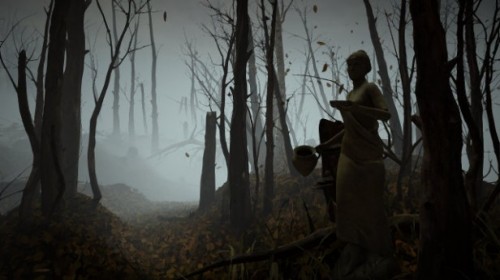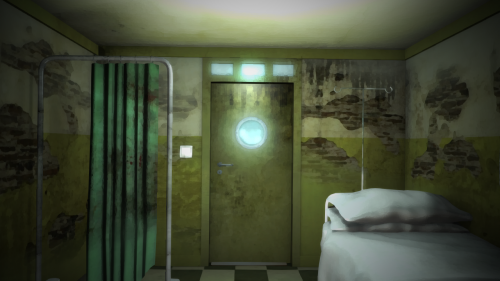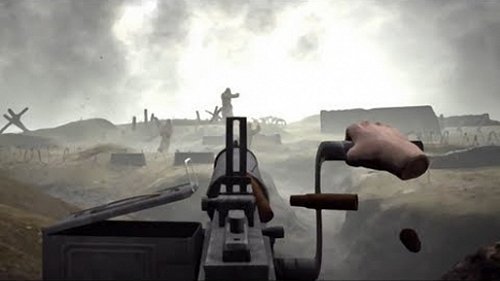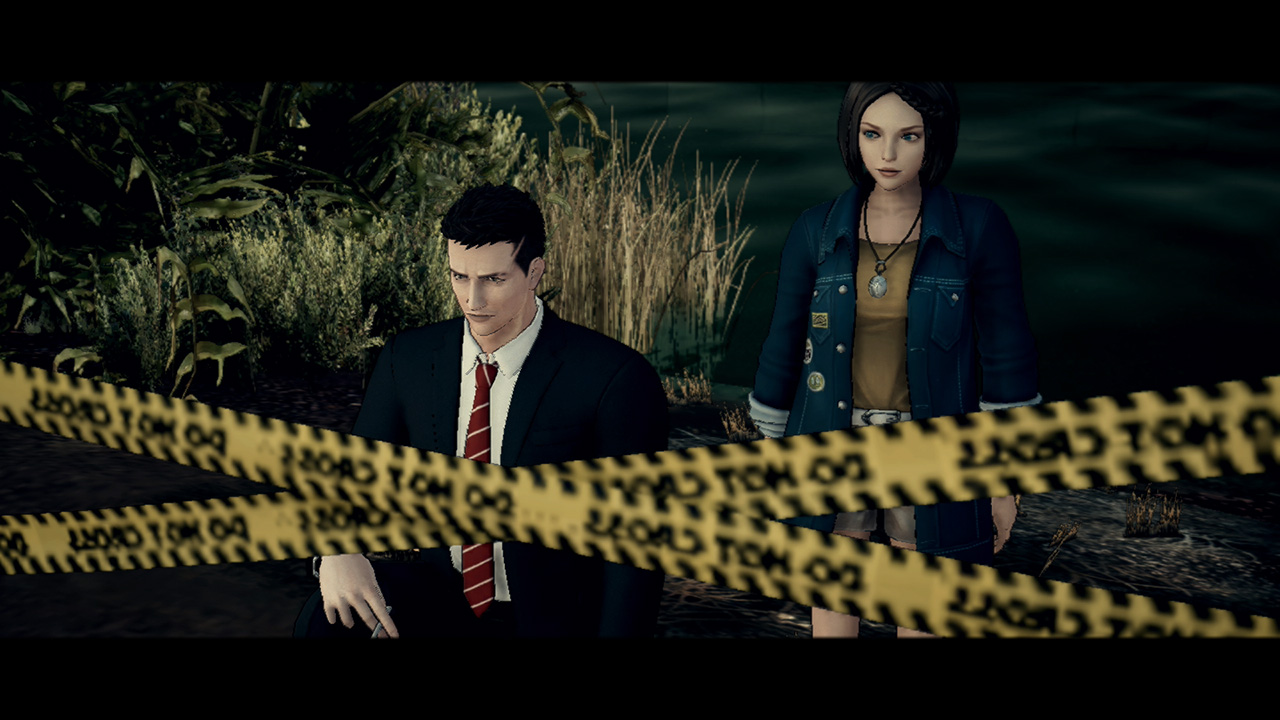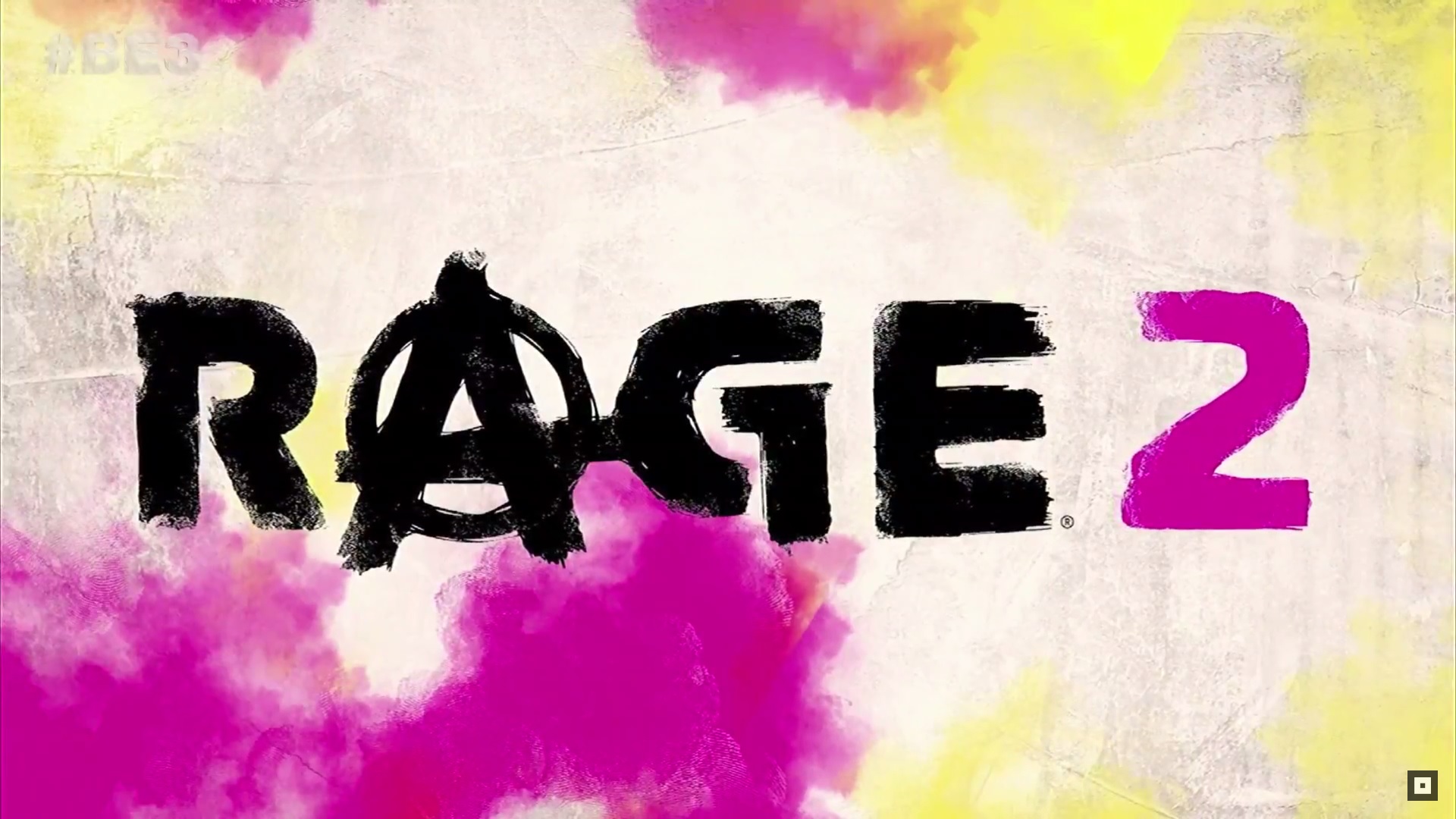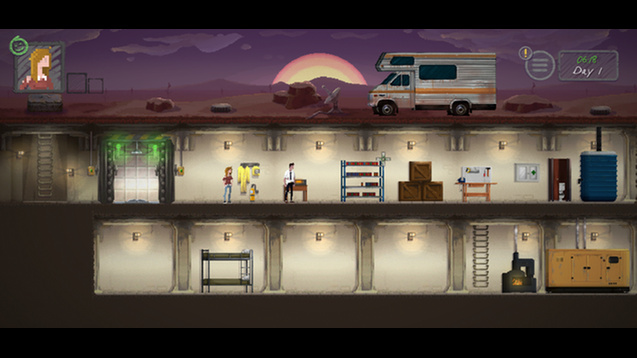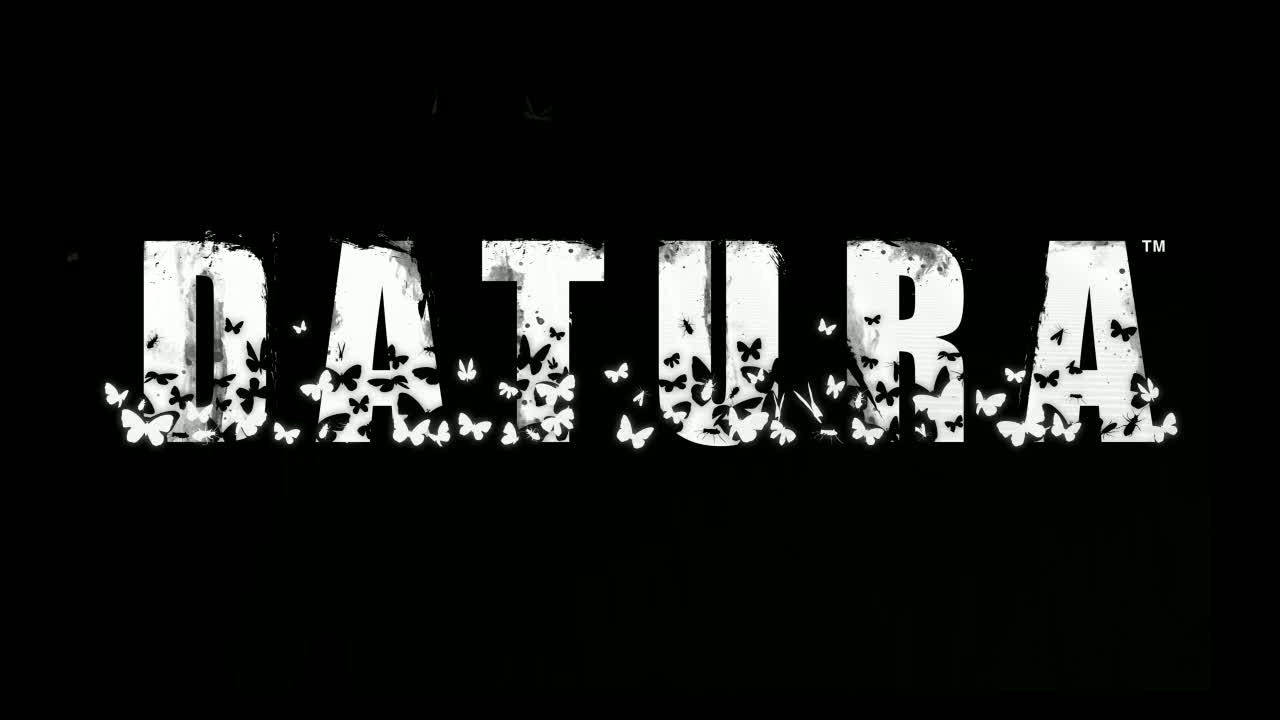
If there’s something I learned from the novel Coin Locker Babies, it was all about Datura, a variety of flower infamous for its hallucinogenic and deadly properties. In the book, one of the main characters goes on a search for the stuff with the intention of using it to exact revenge on a city full of vagrants and criminals. Remembering this, I was very excited when I heard that a game titled Datura was in the works. Maybe it was going to be some bizarre stealth game in which you spike your enemies’ food and water supplies with Datura! Well, I got the ‘bizarre’ part right.
What Datura ended up being is a strange little adventure video game/interactive experience made by Plastic, the Polish team behind the similarly weird and abstract Linger in Shadows. In Datura, you play a nameless man represented only by a disembodied hand, wandering through a forest and interacting with certain elements. Datura is disarming in how seemingly tranquil it is, which is what makes the more shocking moments in it even more memorable. You see, there are a number of unexplained, seemingly unconnected occurrences that are triggered when you interact with some items, such as such as crawling through the trenches during a war and dragging your dead comrade along with you, or sawing a handcuff off to make a hasty escape. Regardless of the situation, the end result is the same: you end up back in the forest. Despite the obvious differences and time skips between these moments, I never got the sense that the game was being schizophrenic in its approach. From an experiential perspective, Datura is the kind of game where there doesn’t have to be one.
From a technical perspective however, I feel as though Datura was trying to utilise the PlayStation Move controller to introduce an intuitive control scheme for players, much like in games such as Silent Hill: Shattered Memories and Zelda: Skyward Sword. Unfortunately, it doesn’t work and my experience playing with the Move controller was clunky and awkward. Moving involves holding down the main Move button and tapping the trigger allows you to jog. Turning your invisible man is actually well thought-out, as you have to hold down the X button before tilting the controller to make him do so. But for a game trying to prioritise natural movement, it feels stiff and unresponsive, and it’s not possible to tweak these settings in the options menu. Thankfully you don’t have to worry about any enemies per se, or this would have been even more frustrating. Interacting with items is similarly annoying. If you’re close to an item that can be interacted with, you can hold down the Triangle button to look at it before you can use it. However, standing at certain angles or distances and doing this usually results in staring at a meaningless section of it, meaning that you have to reposition yourself before trying again.
Object interaction is, once again, a neat idea that is poorly executed. Datura uses the PlayStation Eye to measure how far you are from the screen and thus how far away you are from an item, which makes sense in real life. However, as a player, it is a waste of my time when I have to move towards and away from my TV for a minute just to get my character’s hand over a door handle. I am happy to say that Datura supports the traditional PS3 controller as well and while the experience isn’t quite as complete or interesting, it’s much less frustrating as a whole. One thing that really stood out to me about Datura however, was the music. There are only two music tracks in the game, but both are soothing yet somewhat ominous and fit the atmosphere of the game perfectly. The graphics also fit the hallucinogenic theme of perfectly, with the visuals never quite being as realistic as you would expect from a PS3 game, but with a dreamy feel to them. True to the game’s name, Datura flowers are scattered around the forest as well.
Given its double-digit-dollar price tag, its short length and its technical issues, it’s difficult to recommend Datura to anyone but the most “hardcore” of artsy gamers. Nevertheless, it is an interesting experiment in the world of interactive entertainment and throws players into situations true to the game’s namesake. Regardless of my score, I hope Plastic will continue pushing those boundaries and I look forward to the next game they come up with.
Great gameplay ideas | Haunting graphics | Ominous music
Gameplay execution | Move controls

